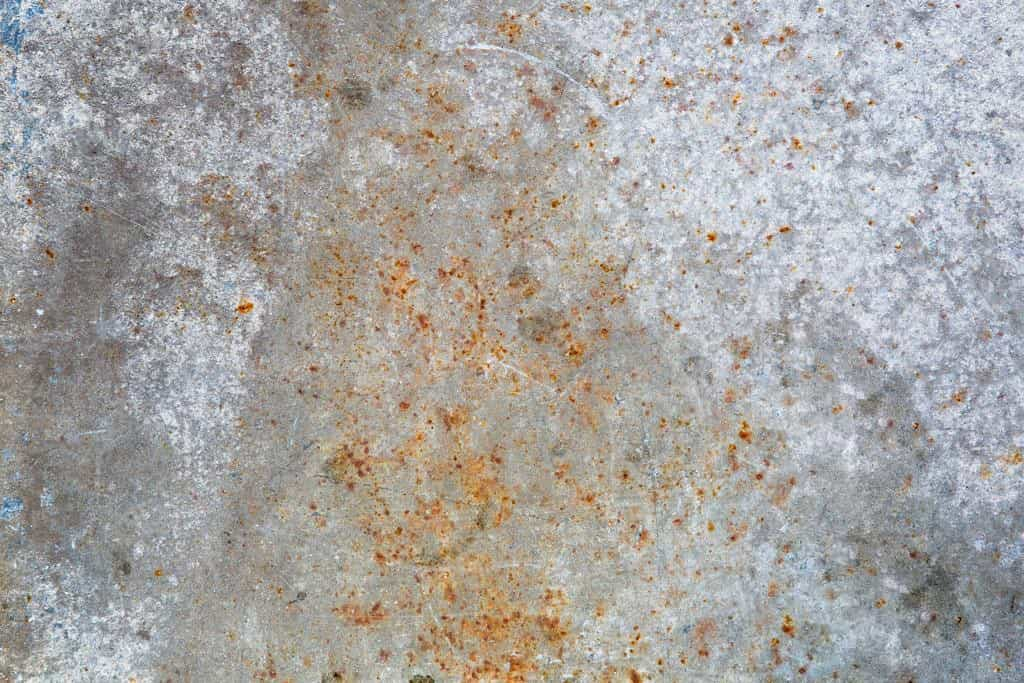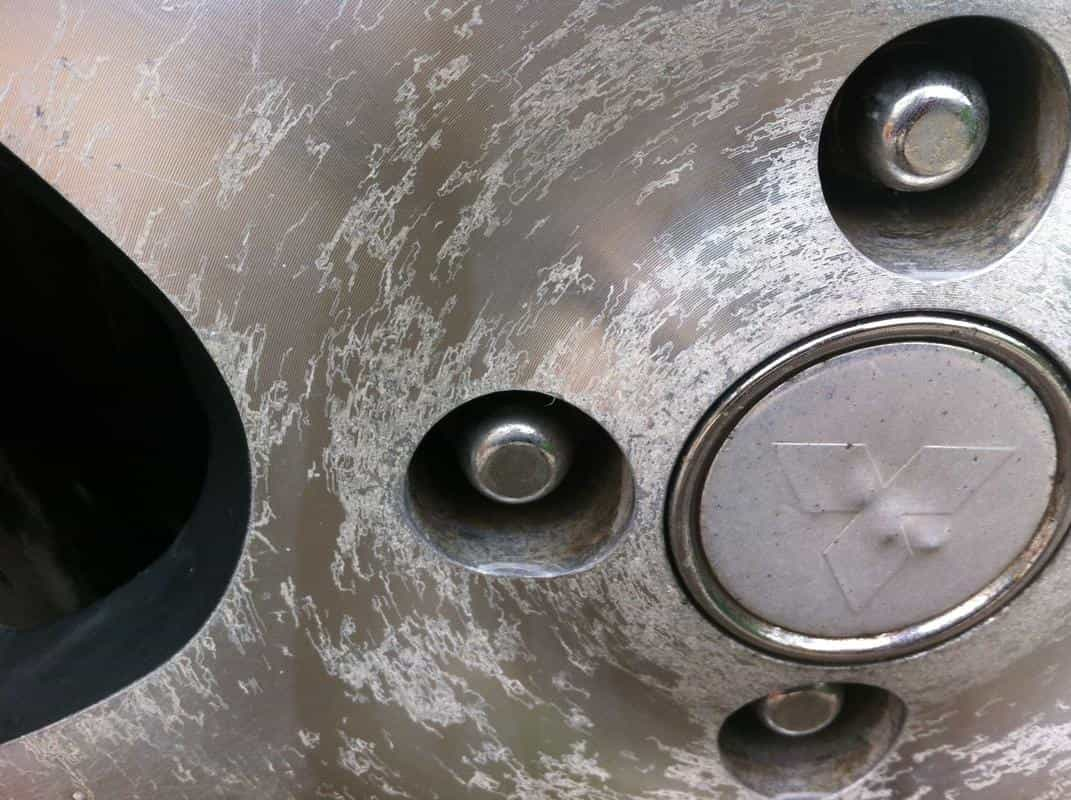As of 2024, aluminum alloy die castings account for about 80% of the usage in the automotive field. They have also been widely used in electronic product casings, household items (such as lamps, photo frames, furniture accessories, etc.), and instrument equipment (such as medical instrument casings and structural parts). As a result, people wonder: Does die-cast aluminum rust? In fact, for aluminum alloys, it is generally not called "rusting", but more accurately "oxidation". The naturally formed oxide layer is usually skinny, with a thickness generally between a few nanometers and several tens of nanometers. To help you understand the oxidation process of aluminum alloys and how to maintain them more objectively, we will interpret from multiple aspects below.
ADC12 is a die-cast aluminum alloy grade under Japanese standards and is widely used in the die casting industry. Many manufacturers can produce ADC12 die-cast aluminum alloy, and there may be specific differences in performance and other aspects. It is suitable for manufacturing various die-cast parts, such as cylinder head covers, sensor brackets, and blocks. Below, we randomly take out the characteristics table of ADC12 aluminum of a particular brand.
Chemical Composition | |
| Silicon(Si): | 9.6% - 12.0%. Silicon can significantly improve the fluidity of the alloy, reduce the tendency of hot cracking, and improve the casting performance. |
| Copper(Cu): | 1.5% - 3.5%. Increase the strength and hardness of the alloy, and at the same time have a certain impact on the corrosion resistance. |
| Magnesium(Mg): | ≤ 0.3%. A small amount of magnesium can increase the strength and corrosion resistance of the alloy, but a content that is too high will reduce the fluidity. |
| Iron(Fe): | ≤ 1.3%. Within a specific range, it helps to increase the hardness and wear resistance of the alloy while reducing the phenomenon of mold sticking. |
| Zinc(Zn): | ≤ 1.0%. It can improve the mechanical properties of the alloy, but a content that is too high will reduce the corrosion resistance. |
| Manganese(Mn): | ≤ 0.5%. It helps to improve the strength and corrosion resistance of the alloy and, at the same time, reduces the harmful effect of iron. |
Physical Properties | |
| Density: | 2.64 - 2.70 g/cm³. Relatively light, suitable for weight-sensitive applications. |
| Melting Point: | 582-600℃。 |
| Thermal Conductivity: | 96.2 W/(m・K). It has good thermal conductivity and is suitable for some occasions that require heat dissipation. |
| Coefficient of Linear Expansion: | 21 × 10⁻⁶/K. The coefficient of thermal expansion is relatively high. The design and use must consider the influence of temperature changes on the size. |
Mechanical Properties | |
| Tensile Strength: | ≥ 228 MPa. It has a relatively high strength and can withstand a particular load. |
| Yield Strength: | ≥ 154 MPa. It can maintain a specific stability when under stress. |
| Elongation: | ≥ 1.5%. It has a certain degree of flexibility and can withstand deformation to a certain extent. |
| Hardness: | 70 - 90 HB. The hardness is moderate and can meet the requirements of most applications. |
Casting Property | |
| Good fluidity: | Suitable for the die casting production of parts with complex shapes and can fill thin walls and delicate structures. |
| Strong filling ability: | It can quickly fill the mold cavity and reduce casting defects. |
| Small shrinkage rate: | Generally, it is 0.5% - 0.7%, which is beneficial for obtaining Aluminum alloy die casting with high dimensional accuracy. |
Corrosion resistance performance | |
| Die-cast aluminum and anodized aluminum alloy have specific corrosion resistance in atmospheric environments but are prone to corrosion in harsh environments such as humidity and salt spray. The corrosion resistance can be improved by surface treatments such as anodizing and electroplating. | |
Other characteristics | |
| Machinability: | Good machinability. It can be further processed by machining methods such as cutting and drilling. |
| Recyclability: | Aluminum alloys are easy to recycle and reuse, meeting environmental protection requirements. |
| Cost: | Relatively low cost means it has broad application prospects in many fields. |
When air is exposed, the aluminum alloy adsorb oxygen and water molecules. The activity of surface atoms of the aluminum alloy can interact with the molecules in the environment. These oxygen and water molecules will attach to the surface of the aluminum alloy.
Over time, the oxygen molecules and water molecules adsorbed on the surface of the aluminum alloy will undergo a chemical reaction with the aluminum atoms in the aluminum alloy. At this stage, the aluminum atoms lose electrons and are oxidized to aluminum ions (Al³⁺), while the oxygen molecules gain electrons and combine with the aluminum ions to form aluminum oxide (Al₂O₃). This reaction can be expressed as 4Al + 3O₂ → 2Al₂O₃. Gradually, a thin oxide film is formed on the surface of the aluminum alloy.
Due to the continuous diffusion of oxygen in the air to the interior of the aluminum alloy through the tiny pores of the oxide film, the oxide film will continue to grow. In the initial oxidation stage, the oxide film is relatively thin and may show a slight off-white or dark gray color. As the oxidation progresses, the oxide film gradually thickens, and the color may become darker, such as gray-black or brown. In addition, the environmental oxide film may react with pollutants, resulting in different colors.
 |  |
1,Long-term exposure to water or humid environments, such as seawater, pool water, and water vapor. 2,Long-term contact with media containing salt, acid, and alkali. 3,When the surface of aluminum alloy is untreated, or the protective layer is damaged, and the aluminum alloy is in a high-stress state (such as under stretching, compression, twisting, etc.), microscopic cracks are prone to appear. In a humid atmosphere, oxides, chlorides, etc., are bound to accumulate around the cracks, leading to local corrosion and corrosion cracking of the material.
Anodizing: Place the aluminum alloy product as the anode in the electrolyte solution and apply electricity. Hydrogen is generated at the cathode. Aluminum atoms at the anode lose electrons to form aluminum ions, which combine with oxygen to form aluminum oxide. At the same time, atomic oxygen and ionic oxygen are precipitated. After electrification, a dense aluminum oxide film is quickly formed on the surface of the aluminum alloy. Its hardness can reach Mohs hardness level 6-9. It has high hardness and wear resistance and protects the surface. As the oxidation time is prolonged, the film becomes thicker, and micropores appear, which can adsorb dyes for coloring. After forming the oxide film, it needs to be sealed, such as a high-temperature hydration reaction, sealing with inorganic salts or organic substances, etc., to improve corrosion and weather resistance. In addition, surface treatment processes such as electroplating, spray painting, baking, spraying, sandblasting, and powder spraying can also be done.
Regularly use a clean and soft cloth to wipe the surface of die-cast aluminum alloy products to remove dust, dirt, and other impurities. Mild cleaners and rust removers can be used for stubborn stains, but corrosive solid chemicals should be avoided.
Due to its excellent properties, die-cast aluminum alloy occupies an essential position in multiple industries. Understanding its oxidation process and influencing factors helps to take adequate protective measures and prolong the service life of die-cast aluminum alloy products. The corrosion resistance of die-cast aluminum alloy can be improved through surface treatment processes and regular maintenance, enabling it to better adapt to different usage environments. In practical applications, appropriate protection methods should be selected according to specific needs to give full play to the advantages of die-cast aluminum alloy and simultaneously reduce losses caused by oxidation and rusting.
Copyright © 2023 :Guangdong Shine-Choose Smart Manufacturing Co., Ltd